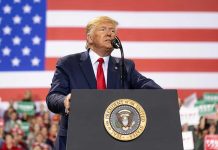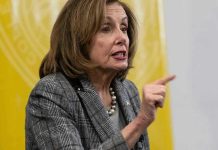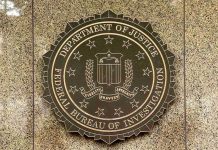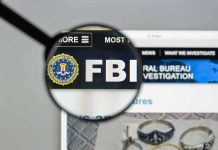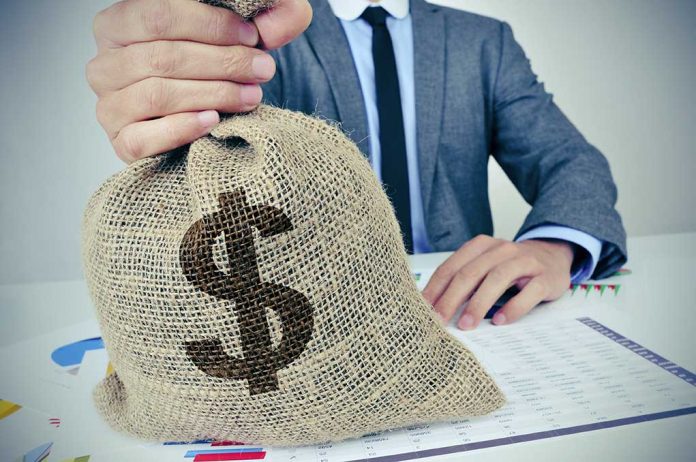
The US Department of Education is planning to resume collections on defaulted federal student loans on May 5, affecting millions of borrowers across the country.
Key Takeaways
- The collections pause initiated in 2020 will end, impacting over five million defaulted borrowers.
- The Treasury Offset Program will be used to intercept government payments such as tax refunds to collect debts.
- Education Secretary Linda McMahon emphasized that taxpayers should not bear the financial burden of non-paying borrowers.
- Borrowers are encouraged to explore repayment options through the Default Resolution Group.
- Legal roadblocks thwarted attempts by the Biden administration to introduce new relief programs.
Reinstatement of Collections
The US Department of Education will lift the pause on collections for defaulted federal student loans, effective May 5. This decision reinstates a process that was halted during the 2020 health emergency to provide temporary relief for borrowers. The suspension has been in place since March 2020.
Over five million borrowers have defaulted on loans after failing to make payments for at least 270 days. These individuals will be impacted by the resumption of collections. The reinstatement includes restarting the Treasury Offset Program, which enables the government to intercept tax refunds, federal salaries, and other benefits to settle outstanding debts.
Impact on Borrowers
In a statement, Education Secretary Linda McMahon remarked that “American taxpayers will no longer be forced to serve as collateral for irresponsible student loan policies.” Borrowers who are in default are encouraged to seek assistance from the Default Resolution Group to explore options like income-driven repayment plans or loan rehabilitation.
The new wave of collections may potentially affect additional four million borrowers who are currently in “late-stage delinquency.” Wage garnishment is another concern for those remaining in default, which might commence later this summer. Borrowers will start receiving notifications from the Treasury about the collection processes.
Higher education expert Mark Kantrowitz said that people who graduated during the pause may “have no experience with loan repayment, so it is important to educate them about the process, including their rights and responsibilities” to ensure they understand their repayment obligations and available options.
Court Blockade on Relief Efforts
The return to collections comes after legal and political battles. The Biden administration’s attempt to implement a student debt relief program named “SAVE” was blocked in court. Moreover, the US Supreme Court ruled that the administration’s debt relief plan was unconstitutional due to its lack of congressional approval.
“The Biden administration misled borrowers: the executive branch does not have the constitutional authority to wipe debt away, nor do the loan balances simply disappear,” said McMahon.
Sources
- US education department to restart ‘involuntary’ student loan collections
- Education Department to resume ‘involuntary collections’ of defaulted student loans
- Involuntary collection of defaulted student loans to resume, Education Department says

